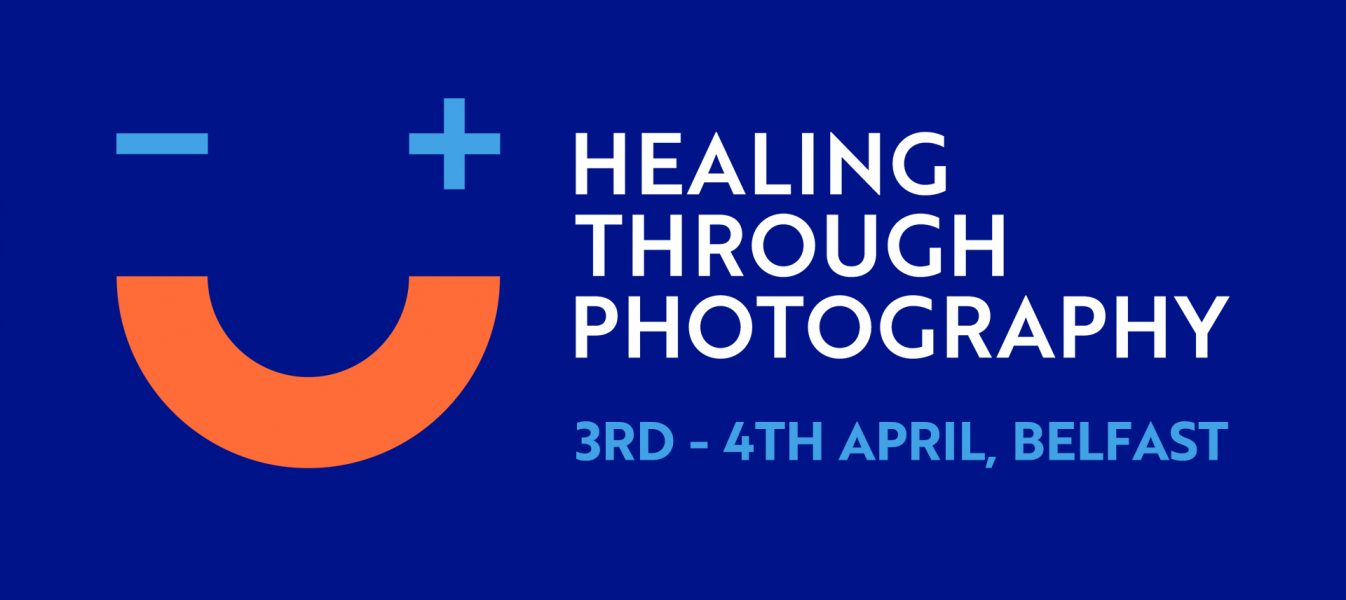News

Healing Photography as Peace Photography
Tiffany Fairey, Research Fellow, King’s College London
Why, when images of war, conflict and violence are pervasive, is peace so invisible? What might a photography of peace consist of? My research, Imaging Peace, has been thinking about these questions specifically in relation to participatory and community engaged photography: how can photography contribute to peace, and the healing peace involves, when people who have been directly affected by conflict and violence are those who are using photography and driving the image-making?
Peace is complex and contested. It means different things to different people depending on how people have experienced conflict and violence. I’ve been working with visual practitioners in countries dealing with existing violence and the legacies of conflict, including in Rwanda, Colombia, Nepal and Northern Ireland, to better understand how they are using photography to support peace and dialogue processes. In recent months Ingrid Guyon from Fotosynthesis and I have been pulling together a Peace Photography Handbook which includes over 25 peace photography cases studies. What is striking across all these settings is how photography works to heal the harms and legacies of conflict. Some projects are explicit in their harnessing of therapeutic photography approaches to support healing but in others healing comes about as a by-product of communities engaging with images and image-making.
The healing evident in peace photography requires we think of healing in an expansive sense: as incorporating personal healing, collective healing and the healing of the relationships that have been damaged and impacted by conflict and violence. The concept of mental well-being focuses our attention on the individual but what is clear is when photography works to heal it re-connects people to others and to the places they are from. Social healing designates the space located between micro-individual healing and wider collective reconciliation and the concept helps us to think about how healing photography works to simultaneously support the individual and collective healing so crucial for durable peace.
Photography is uniquely positioned to support social healing because it multi-tasks. Szarkowski famously described photography as both mirror and window. It enables us to look at ourselves and to look out at the world. Photography supports healing and resilience by catalysing dialogue and connection, building visibility and agency and sparking imaginaries. Photography can layer time. When we take a photo we are rooted in the present, to what is in front of the lens but what we see is filtered through our pasts while speaking to possible future.
John Paul Lederach describes how ‘re-storying’ our pasts, present and futures is crucial to peacebuilding. People must attempt to discover where they’ve been, who they are, where they are going, and how they will make this journey together with others. The art of re-storying lies between memory and a potential future. Photography contributes to healing and people’s re-storying because as Beatriz, a women I worked with in Colombia, described it can help to assimilate everything. She explained, ‘the pain won’t ever go away but now I feel calmer’.
To stay in touch with Imaging Peace please follow and sign up for news about our Peace Photography Handbook and other writing.





